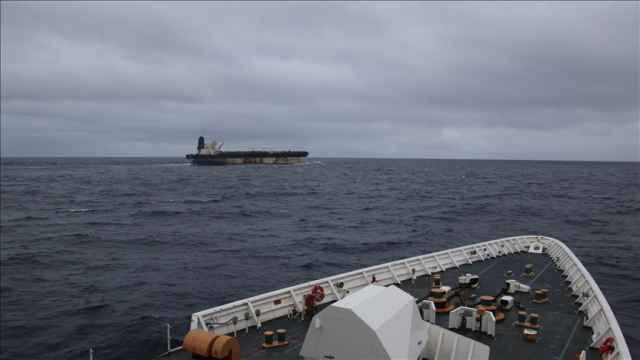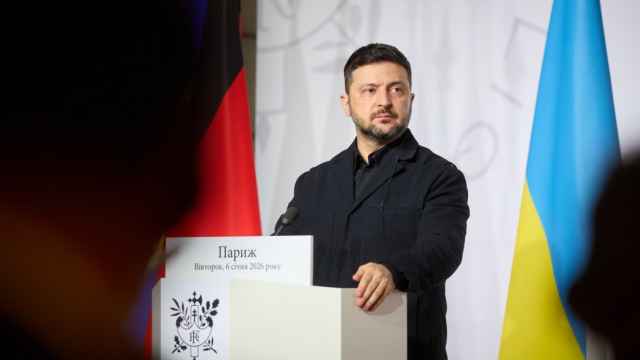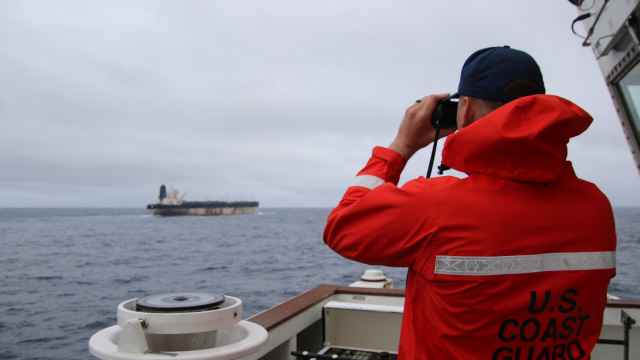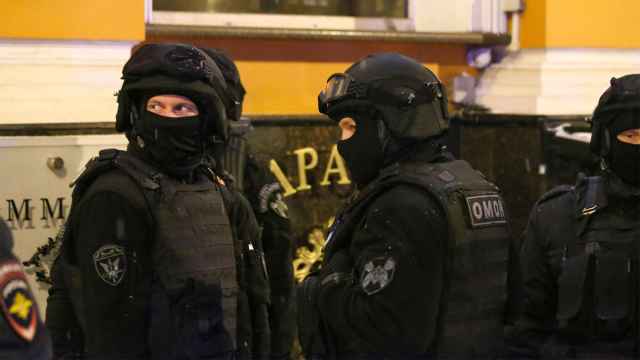Crash investigators said Wednesday that they have found a tape of cockpit conversations from the Boeing 737 that slammed into the ground at Kazan's airport in a nosedive crash, killing all 50 people on board.
The Moscow-based Interstate Aviation Committee, which investigates plane crashes across the former Soviet Union, concluded a day earlier that the crew failed to land at first attempt, began to stall in a steep climb, then overcompensated, plunging the plane into a near-vertical dive. The report was based on the data retrieved from the plane's flight parameters recorder, which also showed that its engines and other systems were working fine until the plane hit the ground.
On Wednesday, search teams found a tape of cockpit conversations — a crucial piece of evidence that was missing when its container was found the day before. The recording is expected to shed light upon the motives behind the series of faulty maneuvers that led to the crash.
Vladimir Markin, spokesman for the Investigative Committee, which is conducting its own probe into the crash, said that recordings of the crew's conversations with the control tower sounded routine.
The pilot reported that the plane was in a wrong position for the landing and confirmed getting a traffic controller's command to circle the airport prior to making a second run. "The final word the pilot said before the crash was 'circle,'" Markin said in a statement.
The Tatarstan Airlines plane was flying from Moscow to the central city of Kazan, 720 kilometers to the east.
The aviation committee's report concluded that to prepare the jet for a second try, the crew switched off autopilot and put the plane's engines on maximum power, raising the plane's nose to an angle of about 25 degrees. The abrupt move apparently caused the jetliner to lose speed.
The normal procedure during an aborted landing is to apply near-maximum power and assume about a 5 to 7 degree nose-up attitude, said Kevin Hiatt, a former Delta Air Lines chief pilot and president of the Flight Safety Foundation, a U.S.-based nonprofit.
"Twenty-five degrees nose-up is excessive. There is no question about that whatsoever," Hiatt said. "Why they determined they needed to go to that high an angle will be part of the investigation."
At an altitude of about 700 meters, the crew then tried to gain speed in order to avert a stall by putting the nose of the plane down. The report said the plane then went into a dive of about 75 degrees and hit the tarmac.
Airplanes can sometimes recover from steep dives but they must be at a sufficiently high altitude.
The committee said it took only 45 seconds from the moment the crew put the engines at maximum throttle until the moment the Boeing smashed into the ground.
Such "loss of control" accidents are responsible for more deaths than any other type of plane crash because they are rarely survivable, according to the Flight Safety Foundation, an industry-supported global aviation-safety nonprofit based in Alexandria, Virginia.
The head of Tatarstan Airlines, Aksan Giniyatullin, said Tuesday that the plane's two pilots had sufficient experience, ranging from 1,900 to 2,500 hours, but admitted that they apparently had no experience with attempting a second landing.
A Message from The Moscow Times:
Dear readers,
We are facing unprecedented challenges. Russia's Prosecutor General's Office has designated The Moscow Times as an "undesirable" organization, criminalizing our work and putting our staff at risk of prosecution. This follows our earlier unjust labeling as a "foreign agent."
These actions are direct attempts to silence independent journalism in Russia. The authorities claim our work "discredits the decisions of the Russian leadership." We see things differently: we strive to provide accurate, unbiased reporting on Russia.
We, the journalists of The Moscow Times, refuse to be silenced. But to continue our work, we need your help.
Your support, no matter how small, makes a world of difference. If you can, please support us monthly starting from just $2. It's quick to set up, and every contribution makes a significant impact.
By supporting The Moscow Times, you're defending open, independent journalism in the face of repression. Thank you for standing with us.
Remind me later.





